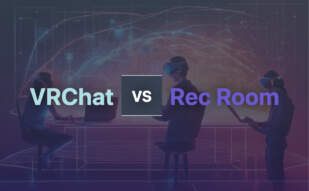Between Rec Room and Minecraft, the former excels for VR enthusiasts and social gamers craving shared experiences, whereas Minecraft remains a fan-favourite for solo or multiplayer limitless creativity, especially suited for coding aficionados seeking intricate customization.
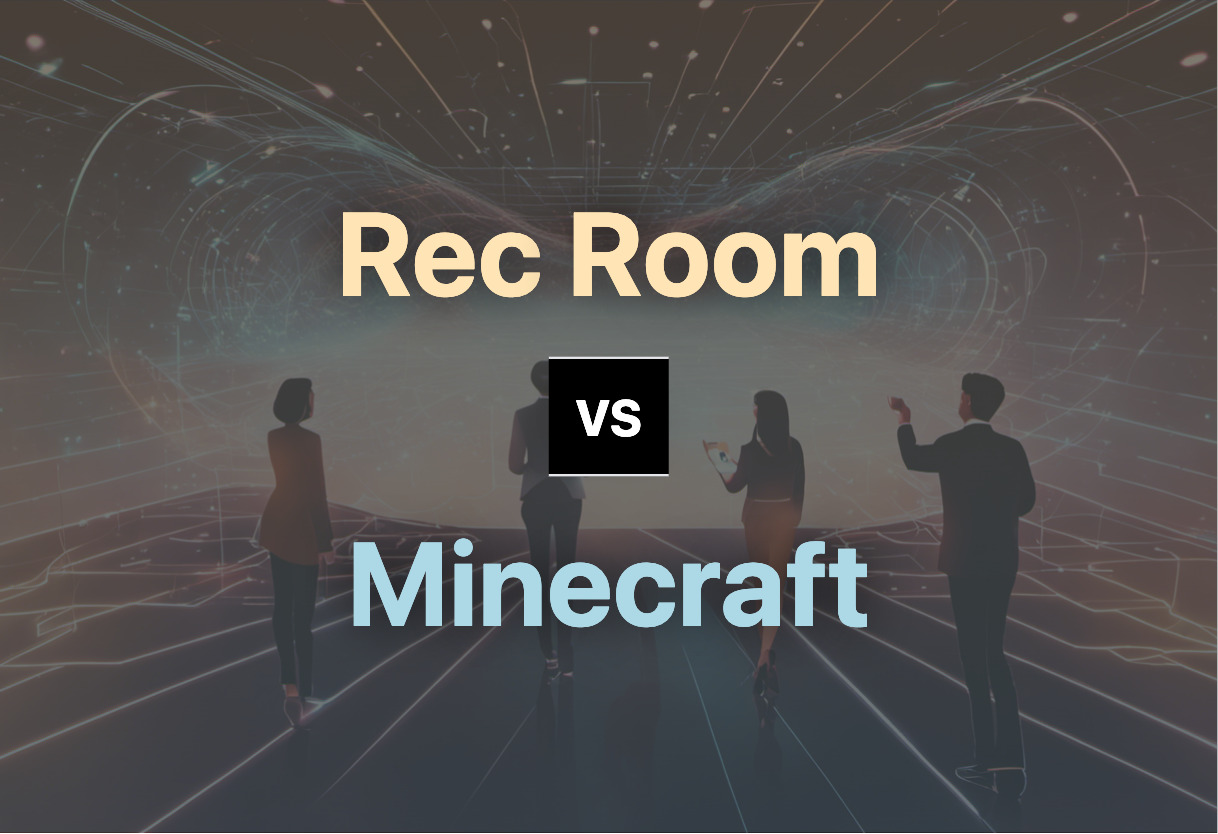
Key Differences Between Rec Room and Minecraft
- Engine: Rec Room uses Unity, Minecraft employs its own Java-based engine.
- Play Modes: Both offer single and multiplayer modes, yet Rec Room integrates user-created content and games, while Minecraft focuses on player-built environments and adventures.
- Monetization: Rec Room employs optional monthly subscription and in-app purchases; Minecraft uses Minecoins for in-game purchases.
- Coding: Rec Room features a visual programming language, Circuits; Minecraft allows advanced coding via command blocks and Redstone.
- VR Support: Rec Room boasts full VR support with 3D motion capture; Minecraft offers VR support in different versions.
| Comparison | Rec Room | Minecraft |
|---|---|---|
| Origin | Seattle, USA | Sweden |
| Engine Used | Unity | Java, Bedrock |
| Availability | PlayStation 4/5, Android, Meta Quest, Xbox One/Series X/S, Microsoft Windows, iOS | Xbox, Playstation, Nintendo, Mobile, Virtual Reality, Windows |
| Genre | Game creation system, MMO | Adventure, Survival, creation game |
| Game Modes | Singleplayer, Multiplayer | Adventure, Survival mode, Creative mode |
| Initial Release | 2016 | 2009 |
| VR Playability | Optional, through various VR headsets | Available on specific platforms |
| User-generated Content | With monthly subscription | With in-game currency |
| Game Development Company | Rec Room Inc. | Mojang (Microsoft owns IP) |
| Funding and Valuation | $299 million in funding, $3.5 billion valuation | Paid for by profits from Minecraft, later bought by Microsoft |
| Age Limit | Ages 12 and up | Ages 10 and up but community run content has wide range |
What Is Rec Room and Who’s It For?
Engineered to life by Rec Room Inc., Rec Room is a game creation system that has carved a new definition for the term “interactive.” This vivacious VR platform serves those who enjoy gaming as much as they take pleasure in game creation. Hailing from a myriad of platforms, from PlayStation 4, 5 to Microsoft Windows and Android, this system caters to a wide variety of tech-savvies.
Rec Room serves as an all-in-one studio for game developers, a haven for multiplayer addicts, and a platform for creative souls to design and script their own virtual experiences. From kids exploring 3D creation to seasoned developers seeking to monetize their content, Rec Room holds something for everyone.

Pros of Rec Room
- Multiplatform availability and diverse game genres.
- Empowers game creation via visual programming language, Circuits.
- User-generated content can be monetized through Rec Room Plus subscription.
- Active built-in social media, Rec.Net, bolsters community interaction.
Cons of Rec Room
- Recurrent issues of trolling and harassment.
- Inadequate moderation system.
- Potential exposure to explicit materials depending on rooms accessed.
What Is Minecraft and Who’s It For?
A crown jewel of sandbox gaming, Minecraft’s captivating blocky universe is the brainchild of Swedish game developer, Markus “Notch” Persson. Woven into the digital fabric of millions worldwide, Minecraft is a universal language spoken by dedicated gamers, creative minds, and curious beginners alike.
From elementary school students engaging with Minecraft: Education Edition to seasoned gamers relishing the open-world exploration, Minecraft has etched itself into the hearts of millions. Simultaneously, it’s a place for creators, programmers, and educators to articulate their ideas, making it versatile beyond words.
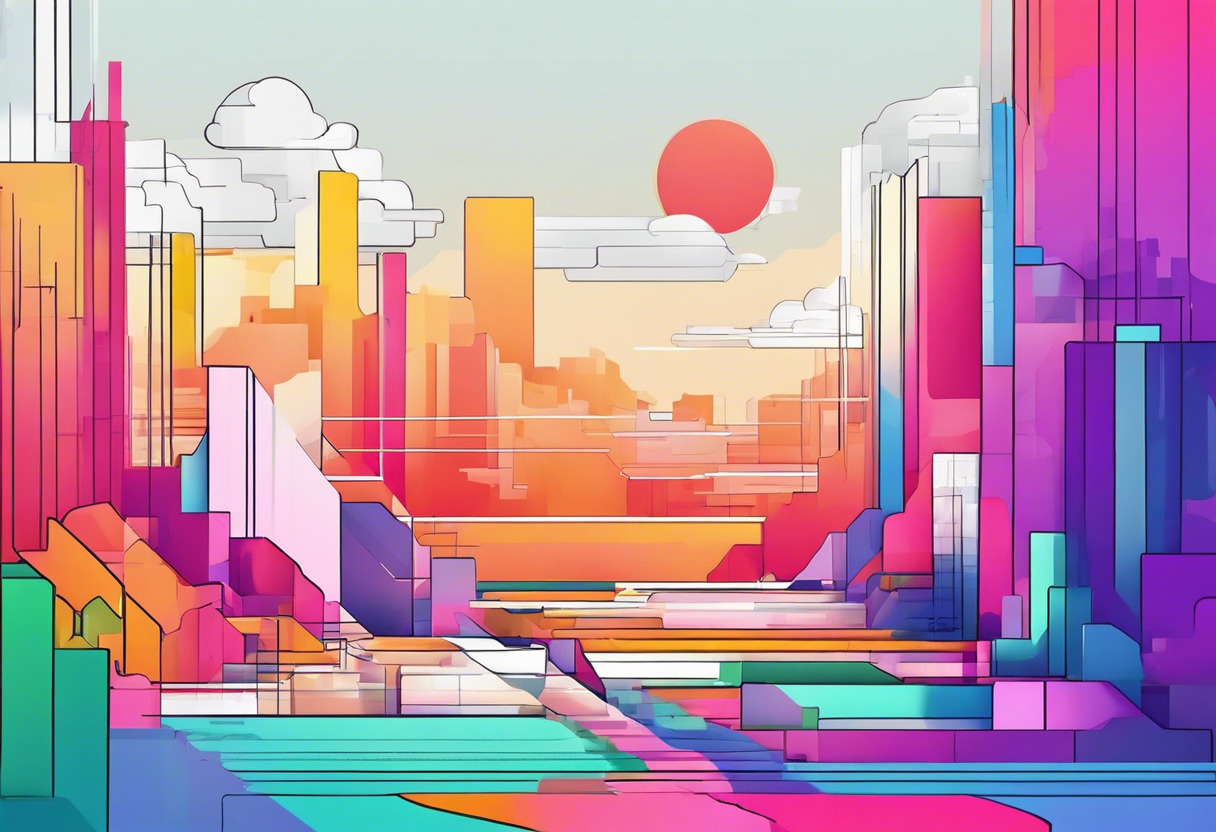
Pros of Minecraft
- Versatility across platforms, including VR and mobile.
- A myriad of game modes and updates enriching gameplay.
- Education Edition serves as an affective teaching tool.
- Prolific community for sharing creations and ideas.
Cons of Minecraft
- Dependent on in-game purchases for add-ons and skins.
- Explicit material exposure risks, particularly through multiplayer servers.
- Niche aesthetics might not cater to all tastes.
Rec Room or Minecraft: Deciding the Champion
Prepare to dive deep into the virtual labyrinths of Rec Room and Minecraft. Let’s break this down for our unique segments: VR enthusiasts, game creators, social multiplayer gaming fans, and the young audience.
Virtual Reality Aficionados
Equipped with sophisticated VR compatibility, including full 3D motion, Rec Room earns our vote. Featuring a spectrum of VR headsets, it snatches the title for creating a more immersive VR experience.

Game Makers
With its proprietary visual programming language Circuits, Rec Room embraces creators. However, Minecraft’s unlimited sandbox potential, influencing even the real world’s architecture, gives it a massive edge for ambitious designers.
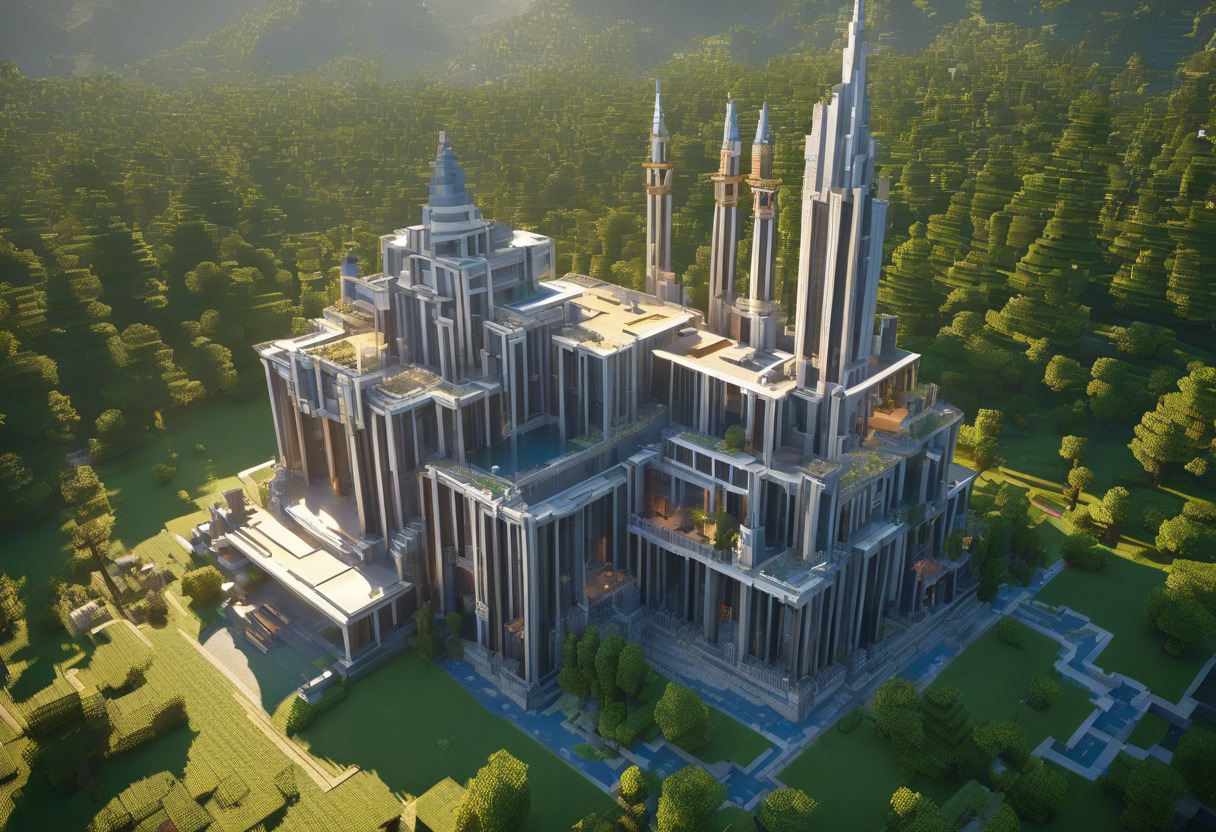
Social Multiplayer Gaming Fans
For joint-streaming adventurers seeking next-level multiplayer function, Minecraft‘s global domination remains unthreatened. With over 125 million monthly active gamers, it provides an unparalleled social platform.

Young Audience
While both offer thrilling experiences for younger gamers, Minecraft’s wholesome, educational versions make it the go-to choice. Despite concerns about explicit content, it remains a top choice for creative safe space.
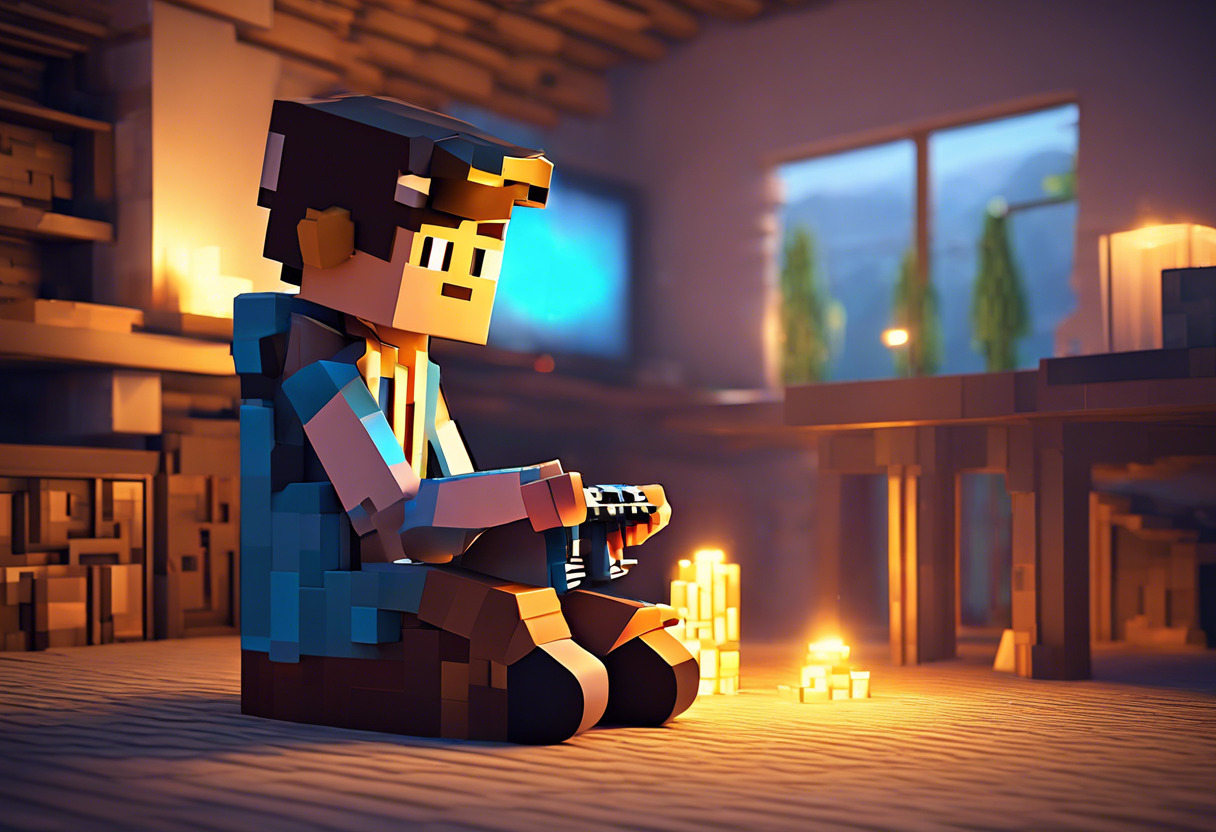
In conclusion, Rec Room suits VR-savvy creators desiring immersion & innovative making, while Minecraft stands victorious for peer-to-peer gaming & child-friendly, educational content. It’s a battle of experiences—choose wisely.
Grant Sullivan
Content writer @ Aircada and self proclaimed board game strategist by day, AI developer by night.





